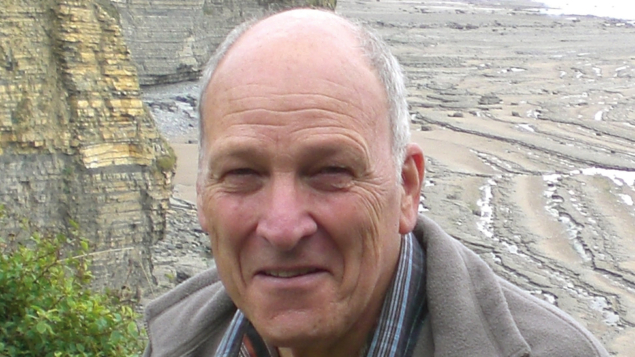
Accelerator physicist Phil Bryant, who made significant contributions to machines at CERN and beyond, passed away on 15 April 2024.
Just married, and fresh from his PhD from University College London, Phil was recruited by CERN in November 1968 to work in the magnet group of the Intersecting Storage Rings (ISR) division, where his first task was to oversee the manufacture of the skew quadrupoles. The group, later renamed the beam optics and magnets group, was strongly involved in the commissioning and development of the collider. Phil set up and tested a low-beta scheme, built from recuperated iron-core magnets, to validate this technology for the ISR, paving the way for the first superconducting low-beta insertion in a working accelerator. Later, he led the design and construction of the beamline from the PS that enabled pp collisions at the ISR, a development with which he became deeply involved. His name is also associated with coupling compensation, and generally with the smooth operation of the collider until it closed in 1983.
A skilled communicator, Phil moved on to assist Kjell Johnsen with setting up the CERN Accelerator School (CAS). He served as director of the school from 1985 to 1991, delivering many lectures himself, and laying the foundations for it to become the valued institution that it is today. He then participated in a study of a B-meson factory for CERN before turning his attention to medical accelerators. Under his leadership this culminated in the Proton–Ion Medical Machine Study (PIMMS) of a synchrotron and its beamlines, which became the basis of the now operating medical centres for cancer treatment in Italy (CNAO) and Austria (MedAustron).
In addition to his managerial competence, Phil brought a contagious enthusiasm to the table
In the early 2000s, Phil joined the LHC effort, serving as chair of the specification committee and taking responsibility for the contract office. Having to navigate deadlines, he shuttled between physicists, engineers, procurement officers and CERN’s legal team. In addition to his managerial competence, Phil brought a contagious enthusiasm to the table, and would apply diplomatic skill in the conclusion of protocols with funding agencies and institutes. On his official retirement from CERN in 2007, Phil moved to Austria to be available for the medical facility under construction there. As this activity wound down, he increased his collaboration with the Vienna-based company Cividec, developing diamond radiation detectors, as well as continuing to improve the WINAGILE program that he had developed for accelerator design, and lecturing – notably for CAS and JUAS, the Joint Universities Accelerator School.
Phil enjoyed scientific work, developing new ideas and writing. The author of numerous papers, his 2012 report on the advancement of colliders due to work done at the ISR is exemplary. A prodigious worker, he was nevertheless modest and always anxious to acknowledge the contribution of collaborators. Besides being a talented physicist and engineer, Phil was also good at drawing, his cartoons being especially appreciated. An inveterate “bricoleur”, when not busy advancing accelerator technology he was active with his hands at home. Phil will be sorely missed.








